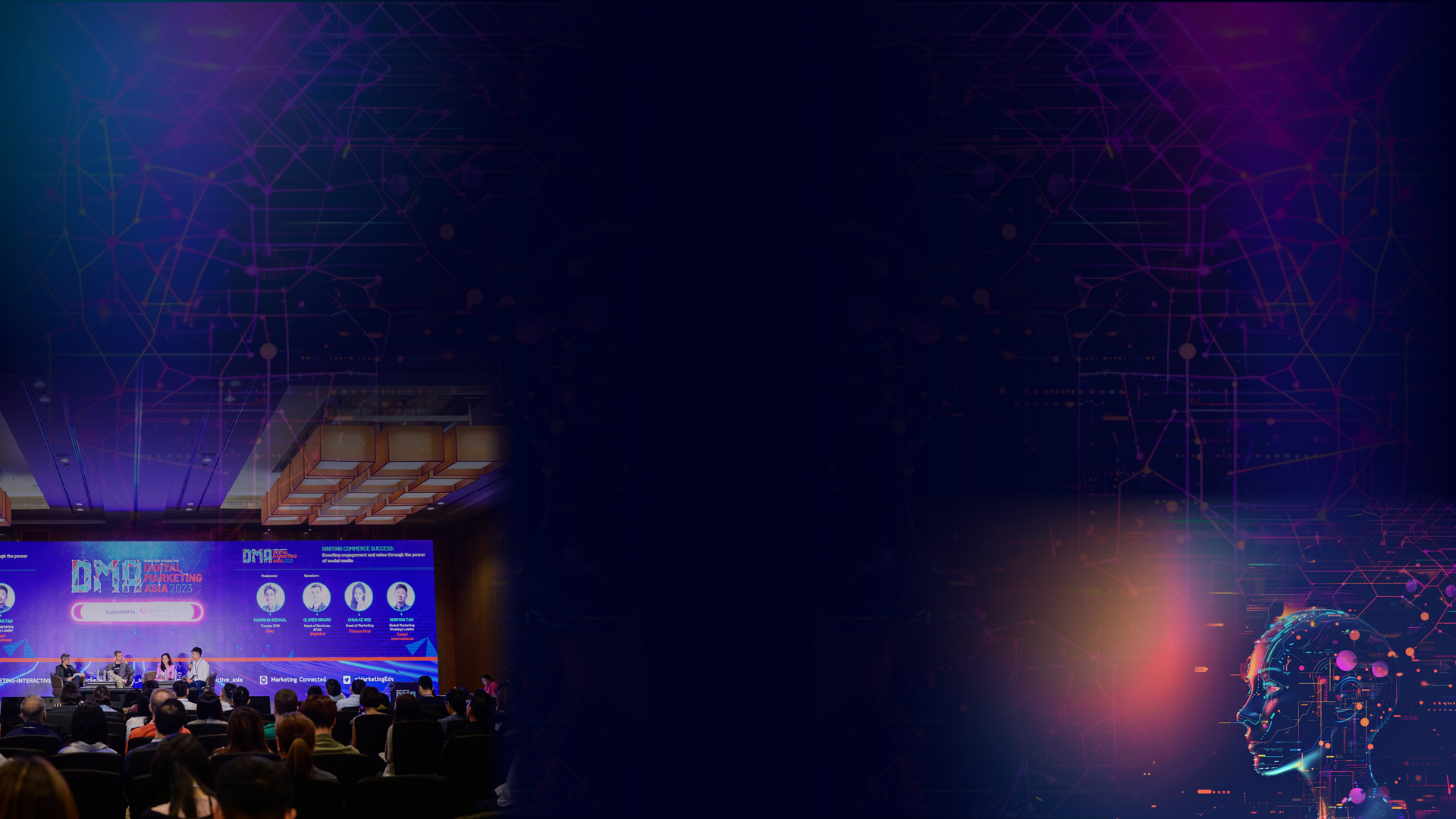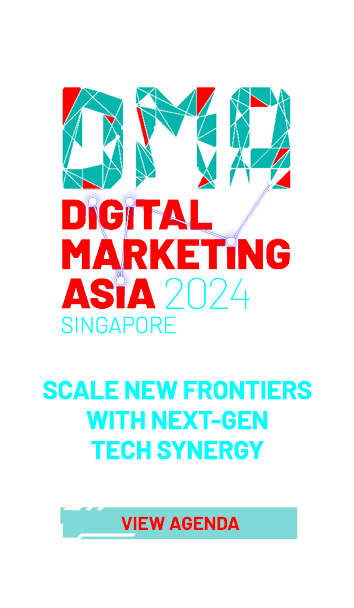



Report: 5 Key trends that shape the next generation of influence
share on
An increasingly professionalised landscape, new production norms, changed audiences and demand for authentic ‘always on’ content has permanently shifted the creator landscape, according to the "Next gen influence" report by socially-led creative agency We Are Social.
This comes along with the scale of the creator economy, of which influencer investment saw a 17% increase last year alone, reaching an estimated US$56 billion over the next decade, said the report.
However, it's not just the scale of the creator economy that is changing; the broader cultural landscape and the values of creator culture are also shifting. The need to be “always online” is influencing how creators operate and how audiences interact.
Conducted by We Are Social, the report has outlined five trends that are defining a new era of collaboration between brands and creators. These trends are derived from a mixed-methodological approach that combines contextual desk research, expert interviews, and insights from the influencer identification platform Tagger to identify the 100 fastest-growing creators.
Let’s find out the trends that illustrate what the next generation will look like.
1. The right to reinvention
Although personal evolution makes for good storytelling, this focus on ‘the journey’ has complicated our idea of authenticity in today’s creator economy. With child influencers growing up and mainstays aging out, audiences are used to watching people change. In this context, creators are planning their evolutions to draw in new viewers.
This is particularly true for creators whose personas revolve around specific life stages, such as entering motherhood or the early days of pop stardom, where on-camera reinvention feels natural. As changing their identity also shifts their audience, creators are navigating the delicate balance of attracting new viewers while maintaining resonance with their core fan base.
For savvy brands, this potential for longer-lasting creators is a new opportunity. With careful consideration of how a creator’s audience might change, there’s space for longer, deeper audience connections.
2. Relatable realism
Aspirational content is the bread and butter of influence. But today, with most people striving for stability, not luxury – aspiration is having to change shape to stay realistic.
In this context, creators peddling “the good life” have to reappraise what that life looks like to make it feel relevant for real people. This has opened up more space for creators who position funny or calming lifestyles, not wealthy ones, as aspirational. For example, people are engaging with regional creators for lifestyle content that’s more relatable to non-capital city audiences, and also because they offer alternative perspectives.
With aspirational lifestyle content becoming harder to sell in today’s economic climate, brands should carefully consider their positioning. They can partner with creators whose vision of "the good life" is more achievable and wholesome, rather than overly luxurious. Meanwhile, lifestyle brands can collaborate with creators who pursue "soft" versions of passions or pastimes.
3. Influential Allies
In recent years, creators have engaged in acts of altruism to demonstrate their ethical credentials, with Mr. Beast’s loud charitable endeavours efforts being the most notable example.
But in this context, there’s increasing concern that philanthropy is being used for the purpose of online clout. As audiences become skeptical of moral posturing, creators are swapping work that claims values for work that actively disrupts or challenges the status quo.
An increasing number of creators aim to showcase multifaceted identities, while more influencers are using their platforms to challenge and educate by analysing both obscure historical events and contemporary cultural moments.
As creators swap values for actions, brands should go beyond representation by supporting minority-owned businesses and collaborating with underrepresented communities year-round. Additionally, they can partner with the industry and other brands to create meaningful change.
4. Credible Creativity
On today’s social channels, a new wave of culturally impactful creativity is thriving, driven forward by creators who’ve mastered “very online” modes of communicating.
These approaches – from making work inspired by fanfic to repackaging vulnerability as entertainment – are pushing the creative bar higher for everyone, but especially for brands, who have to be as entertaining as their human counterparts, but without the same licence for imperfection or human charm attributed to real people.
According to the report, there is more subversive humour in creator content. While brands may face backlash for joking about sensitive topics such as addiction, partnerships allow them greater leeway to engage in culturally authentic humour.
Creator partnerships can help brands tap into “very internet” genres of creativity, in spaces that may have previously been out of reach. Partnering with creators who are avid fans of some pocket of culture can take this further, helping brands to participate more earnestly in the fandom practice that defines today’s internet.
5. Extreme influence
The "dead internet theory" reflects concerns that bots, trend cycles, and low-quality content have plunged online creativity into crisis. Today’s creators struggle to stand out in a sea of loud, fast-moving content that often lacks creative merit.
To cut through, they’re leaning into the unusual and extreme, whether that’s espousing the mental health benefits of ketamine, faking one’s own death to call attention to a cause, or courting danger for clout by firing fireworks at a helicopter from a Lamborghini.
Creators are challenging category norms with bizarreness to cut through. For example, John Pork, an AI-enhanced travel influencer who happens to be a pig, has gained a cult following and spawns the “John pork calling“ meme that helped the creator reach 900 million views on TikTok.
As online culture becomes more extreme, social has become a place where brands are expected to be more playful and experimental.
Mobbie Nazir, global chief strategy officer, We Are Social, said: “The ‘creator economy’ is a force of industry, but it ladders up directly from the work, whims, and playfulness of individuals. The same grassroots energy that makes it so vibrant and pliable is what makes it quick to change, and harder to keep a handle on.
Anton Reyniers, head of strategy at We Are Social Singapore added: “We’ve seen notable waves of followers in the region abandon those who aren’t empathetic or relatable to what is increasingly becoming harder times. It is critical for brands today to stay on top of these trends and the shape-shifting cultural force of the creator economy. It moves ridiculously fast, so those who don’t will likely miss the mark.”
Related articles:
Is the influencer agency space ripe for acquisitions?
Publicis Groupe to acquire influencer marketing platform Influential
Press play: How social media filters turned Iman Fandi from model-influencer to pop princess
share on
Free newsletter
Get the daily lowdown on Asia's top marketing stories.
We break down the big and messy topics of the day so you're updated on the most important developments in Asia's marketing development – for free.
subscribe now open in new window
